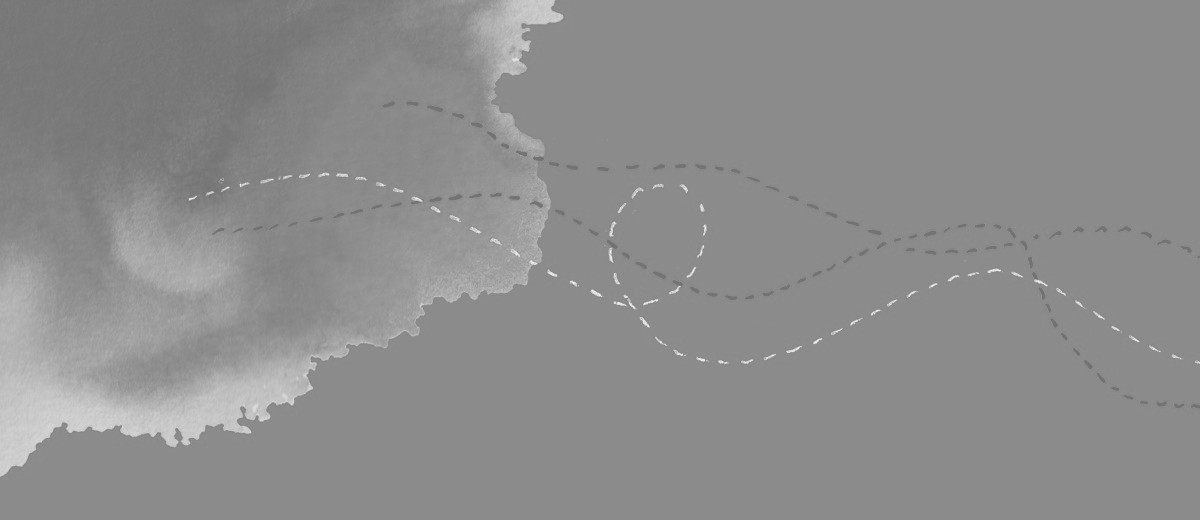Subject
ContributeGeographic Origins
Japan is an island country in the North Pacific Ocean. It lies off the north-east coast of mainland Asia and is adjacent to North and South Korea and China. Japan consists of four major islands ‑ Hokkaido, Honshu, Kyushu and Shikoku ‑ and thousands of smaller islands.
History of Immigration and Settlement
South Australia’s earliest contact with Japan was in 1876, when the South Australian government began negotiations to settle Japanese sugar cane farmers in the Northern Territory. The scheme was never realised.
Similarly, in 1878, efforts were made by the Japanese Consul in Adelaide to sell land in the Northern Territory to Japanese buyers. However, this proposal was vetoed by the Colonial Office.
There were few Japanese permanent immigrants to South Australia. Japanese people were among those excluded by the Immigration Restriction Act from taking up residence in Australia between 1901 and 1967. However, the first step towards a non-discrimatory immigration policy was taken by the Holt Government in 1949 when it allowed 800 non-European refugees to stay in Australia and Japanese war brides to be admitted. Gradual, but far-reaching new policies and programs by successive governments, including the final renouncement of the White Australia Policy by the Whitlam Labor Government in 1973, set Australia on the path to its present day multi-culturalism policy. Increasingly, Japanese students and short-term residents on business contracts are coming to South Australia with their families.
Community Activities
The Japan Society of Adelaide was formed in 1984. Its main purpose was to provide Japanese residents, either temporary or permanent, with the opportunity to communicate in the Japanese language. In May 1992 the society had a membership of 378. 277 of these were temporary residents in Adelaide under business contracts. At the time Bridgestone and Mitsubishi were two of the companies that employed Japanese temporary residents.
The Japan Society of Adelaide also conducted a language school on Saturdays from 9.00 am until 1.00 pm where classes for junior primary, primary and secondary year levels were held. In May 1992 a total of 37 students attended the school. Twenty-eight of these students were Japanese. The remainder came from other cultural backgrounds.
In present times the Japanese language is taught at many schools, colleges and universities in South Australia.
The Australia Japan Association of South Australia (AJA) was founded by Toyohiro Tanaka in 1967 in order to foster friendship between the people of Australia and Japan. AJA holds conversation classes twice monthly at Caffe Amore, the corner of Pirie and Pulteney Streets, Adelaide. Various social functions are held during the year including a Christmas dinner and a dinner for their AGM in August. AJA is strongly involved each July in a Japanese Cultural Day at the Burnside Library and the Matsuri on Mobara Festival with the City of Salisbury at Mawson Lakes in late October. They also coordinate the Japanese group for the Multicultural SA section of the Australia Day parade and participate in several local fairs.
The Japan Australia Friendship Association (JAFA), established in 1998, is a volunteer organisation that promotes social and cultural events in Adelaide.
Organisations and Media
- AJA Bulletin
- Australia Japan Association of S.A. Inc.
- The Japan Australia Friendship Association
- Adelaide Japanese Community School
- The Japanese College of Adelaide
Statistics
- The 1981 census recorded 284 Japanese-born South Australians.
- The 1986 census recorded 351, and 363 people said that they were of Japanese descent.
- According to the 1991 census there were 932 Japanese-born South Australians. 1,083 people said that their mothers were born in Japan, and 990 that their fathers were.
- According to the 1996 census the number of Japanese-born South Australians has grown in recent years to 777 giving an increase of 150 per cent since 1981.
- The 2001 census recorded 872 Japanese-born South Australians, while 1,077 peoples said that they were of Japanese descent.
- The 2006 census recorded 1,238 Japanese-born South Australians, while 1,618 people said that they were of Japanese descent.
- The 2011 census recorded 1,385 Japanese-born South Australians, while 2,029 people said that they were of Japanese descent.
- The 2016 census recorded 1,523 Japanese-born South Australians, while 2,469 people said that they were of Japanese descent.



CommentAdd new comment
Quickly, it's still quiet here; be the first to have your say!